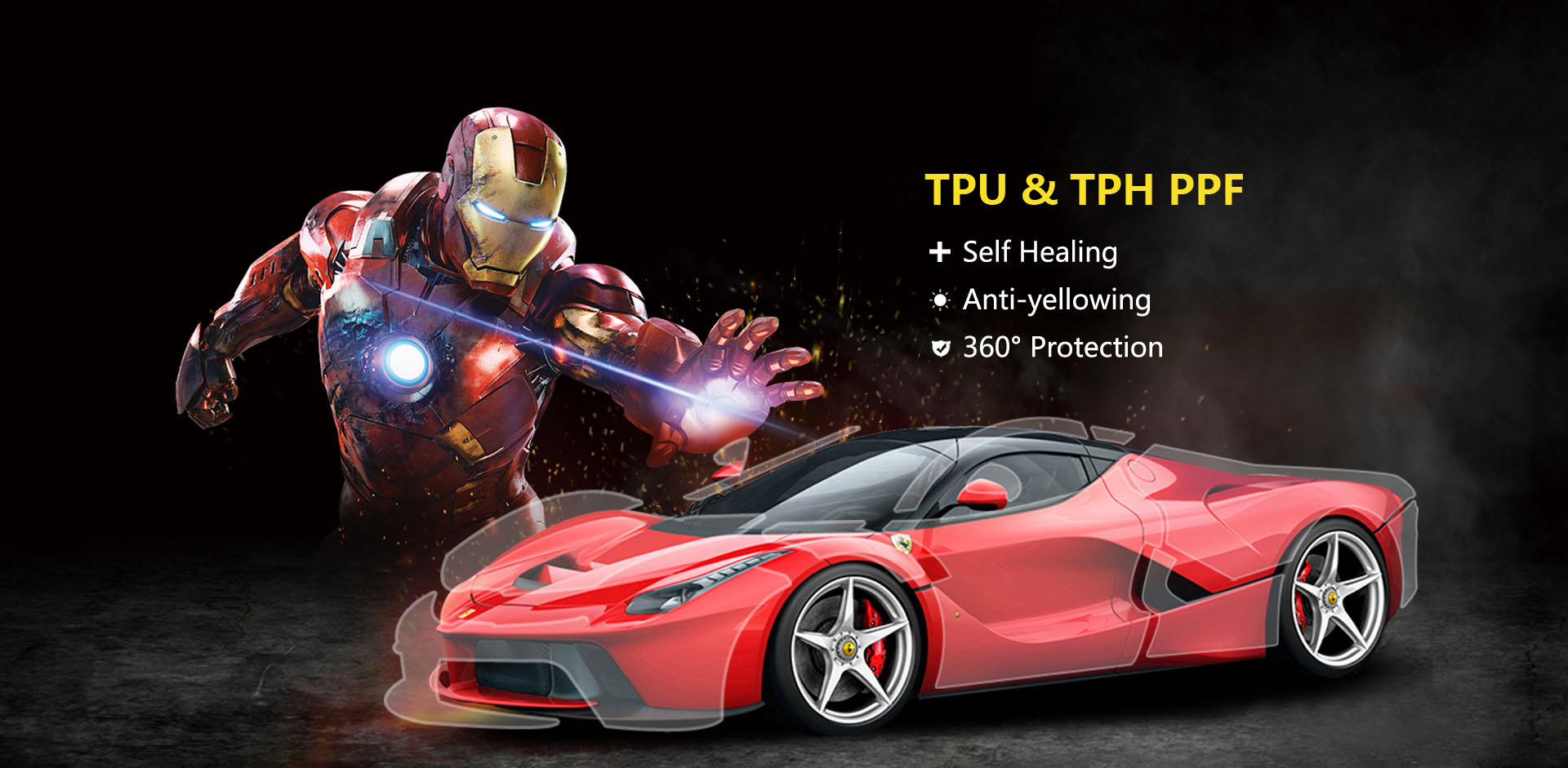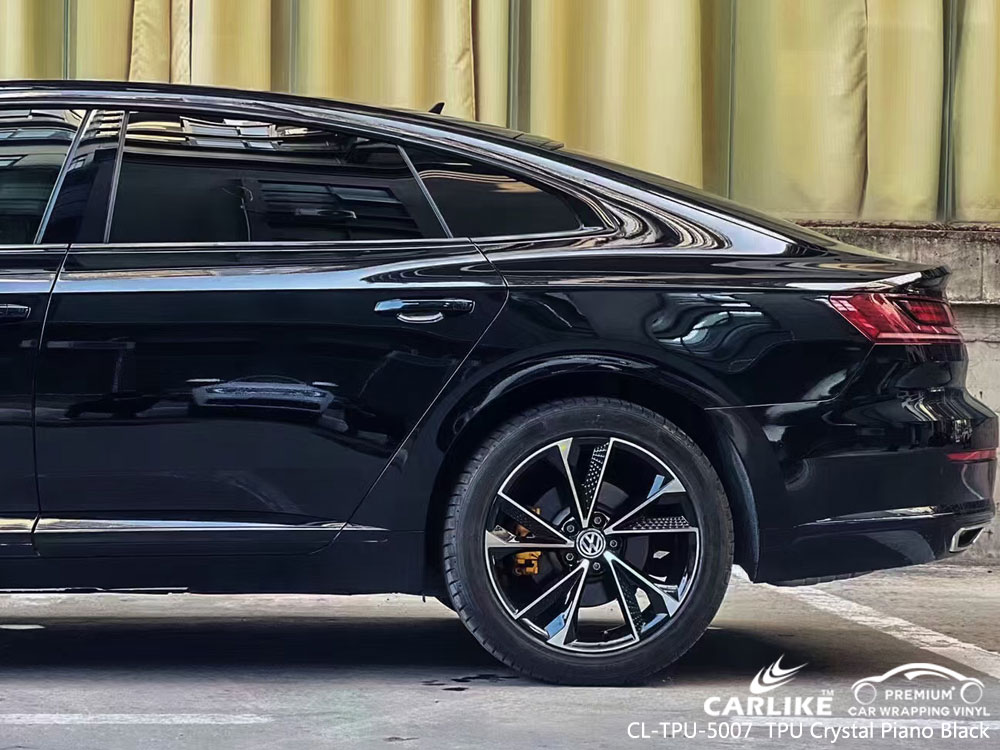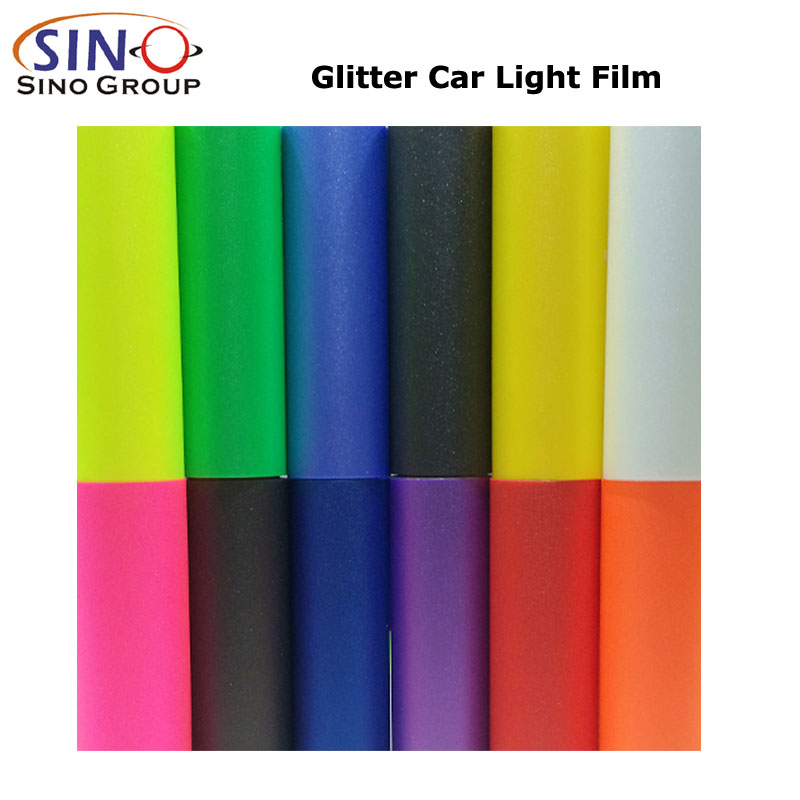If you’ve been in the car-detailing industry for a while, you should be no stranger to paint protection films. After all, these films, otherwise known as clear bras, have been on the market for over 2 decades. What might surprise you is that vast improvements have been made on these films since the early days, and one of these improvements is that paint protection films are now more commonly produced using a TPU (Thermoplastic polyurethane) material instead of the PVC (Polyvinyl chloride) material that was used in the past. Although they might look similar at first glance, the two types of plastic are actually wildly different in a number of aspects.
Physical strength & elasticity
PVC (Polyvinyl chloride), is the world’s third-most widely produced synthetic plastic polymer. It is also the predominant material used in first-generation paint protection films. While PVC films do provide certain protection to the vehicle, its rigid nature makes installation very difficult, especially with wrapped edges and vehicles with more curvatures.
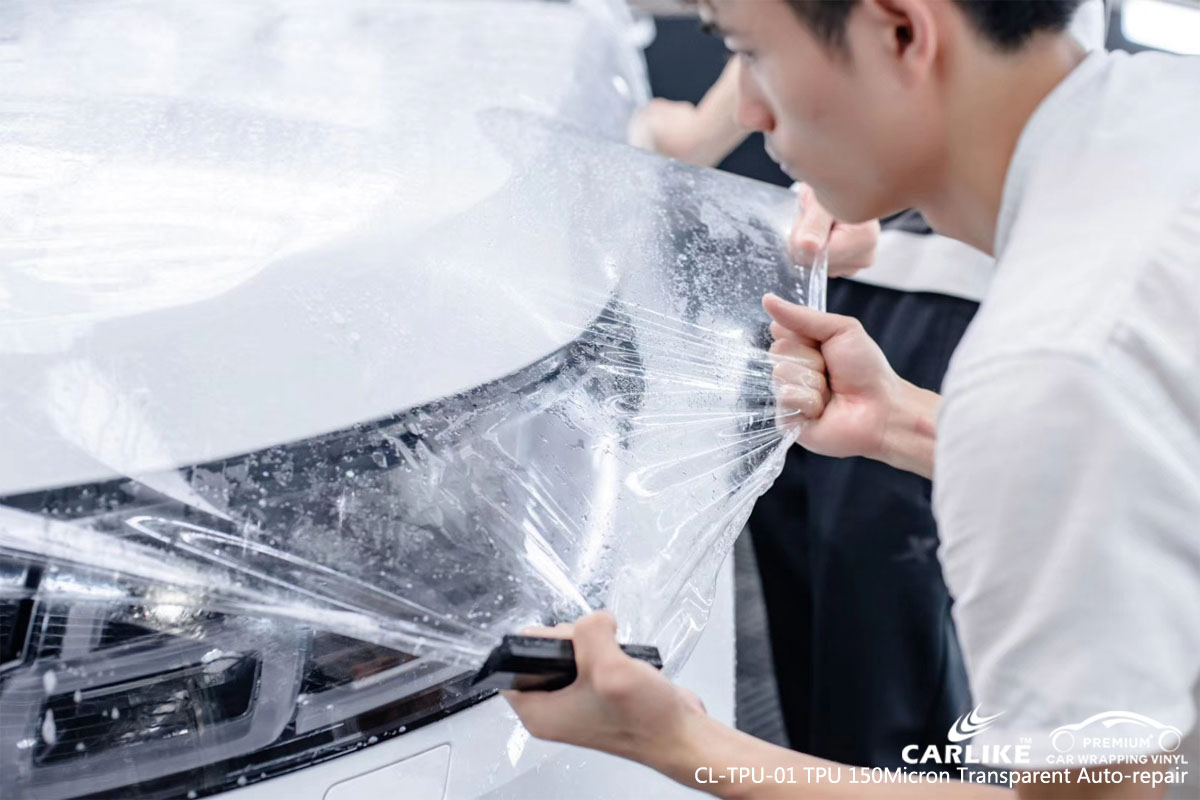
To coax the material into conforming to particular surfaces and shapes, installers often have to employ extra tools like heat guns or steamers in order to ensure a successful installation. Even then, the elasticity of PVC films tends to diminish over time. When that happens, the paint protection film will harden on the car and cause cracking on the surface. Not only does this cause an issue with the appearance of the vehicle, it also means that the eventual removal of the film will take much more time- and labour-intensive.
TPU (Thermoplastic polyurethane) on the other hand, possesses a different chemical structure that allows it more flexibility and durability than the traditional PVC material. Its pliability makes film adhesion and application much easier, which also means that installers will be less likely to run into problems like fingers and lift marks. Due to the relatively shorter installation time, it is also easier to ensure that no contaminants or dirt is trapped under the film surface in the process, giving you an unmarred finish.
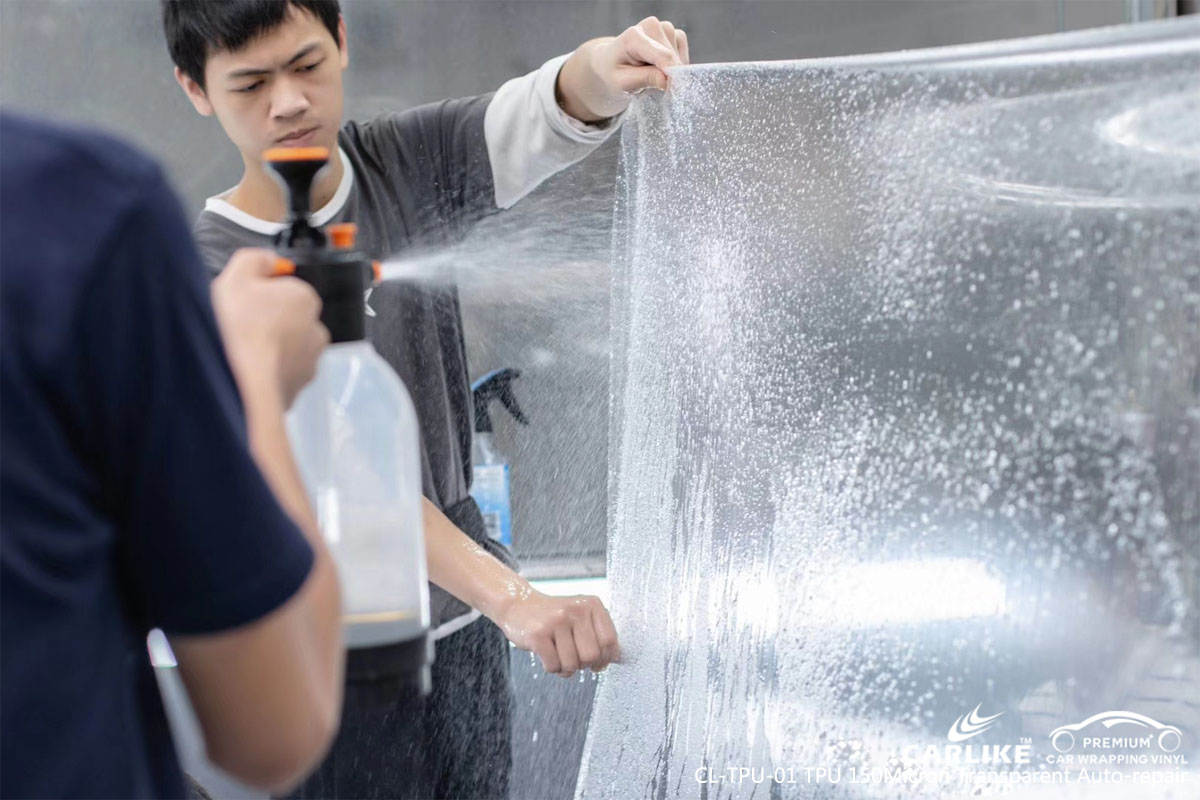
An added advantage of TPU’s durability is that even after prolong exposure to UV rays and harsh road conditions, paint protection films made with this material are less likely to crack or harden, preventing lifted edges or difficulty in removal.
Damage to original car paint
As we’ve mentioned before, PVC films are not as pliable as those made with a TPU material. In order for the film to lie flat, a strong adhesive is generally used on these films. While this might benefit the initial adhesion, one of the potential downside is that when it comes removal time, the adhesive will end up lifting the original car paint as well. This shortcoming more or less defeats the purpose of installing the paint protection films in the first place.
As TPU-based paint protection films are much more yielding, the adhesives on the film can also be gentler. Although these films can stay on your car paint for years, they will be far less likely to cause any long term damage down the road. It is also much easier to replace a damaged film should the need arise, saving you precious time.
Film discoloration
One of the biggest concerns with car owners when it comes to PPFs is the discoloration of film, particularly when the film is installed on light-colored vehicles. Over time, the adhesive layer in PVC film reacts to UV rays, often causing major yellowing in the film and affecting the appearance of the vehicle.

However, newer TPU films feature a new and improved adhesive which helps the new film combat yellowing. Most films are also protected with a top coat that prevents chemicals or other substances from damaging the film surface, preserving the pristine look of the vehicle for longer.
Environmental concerns
Nothing lasts forever, not even paint protection films. We mentioned earlier that various reasons can cause problems in PVC paint protection films, and these films are subsequently removed. That is, however, not the end of the story. Once the PVC films are discarded, they start to disintegrate. In the process, chemical bonds within the films will be broken and dangerous chemicals are released as a result.
Because TPU films have a different structure than PVC paint protection films, there will be no harmful materials released during the degradation process. Not to mention, TPU films have a much longer life-expectancy than PVC films, and do not need to be replaced as often. All things considered, TPU-paint protection films are a much more environmentally-friendly option than the older models.
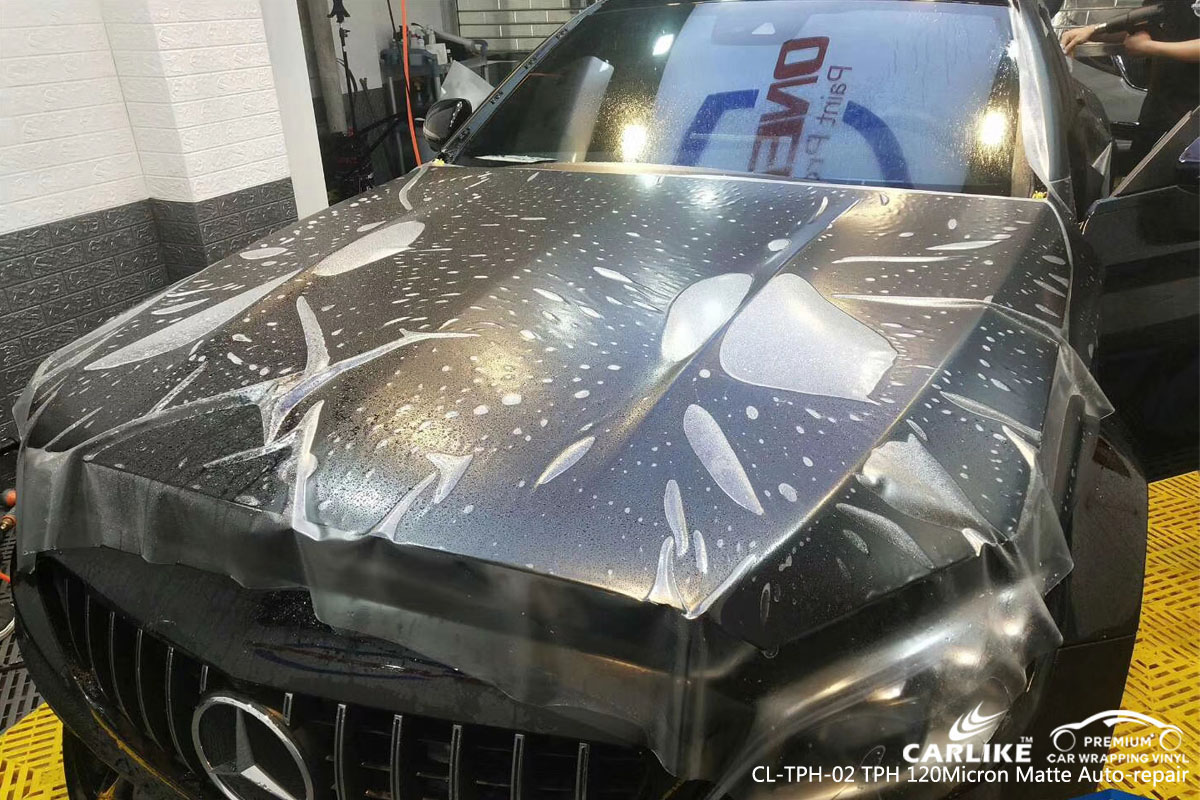
Conclusion
Over the years, PVC-paint protection films have gotten a bad reputation. The good news is, the technology in the industry has seen incredible advancements. The preconceptions we once had about paint protection films are being revolutionized every day, and along with it comes new products that provide comprehensive and reliable protection to your car paints. Even though TPU films are more expensive than PVC options, the quality of the products has proved them well worth the extra dollars.


